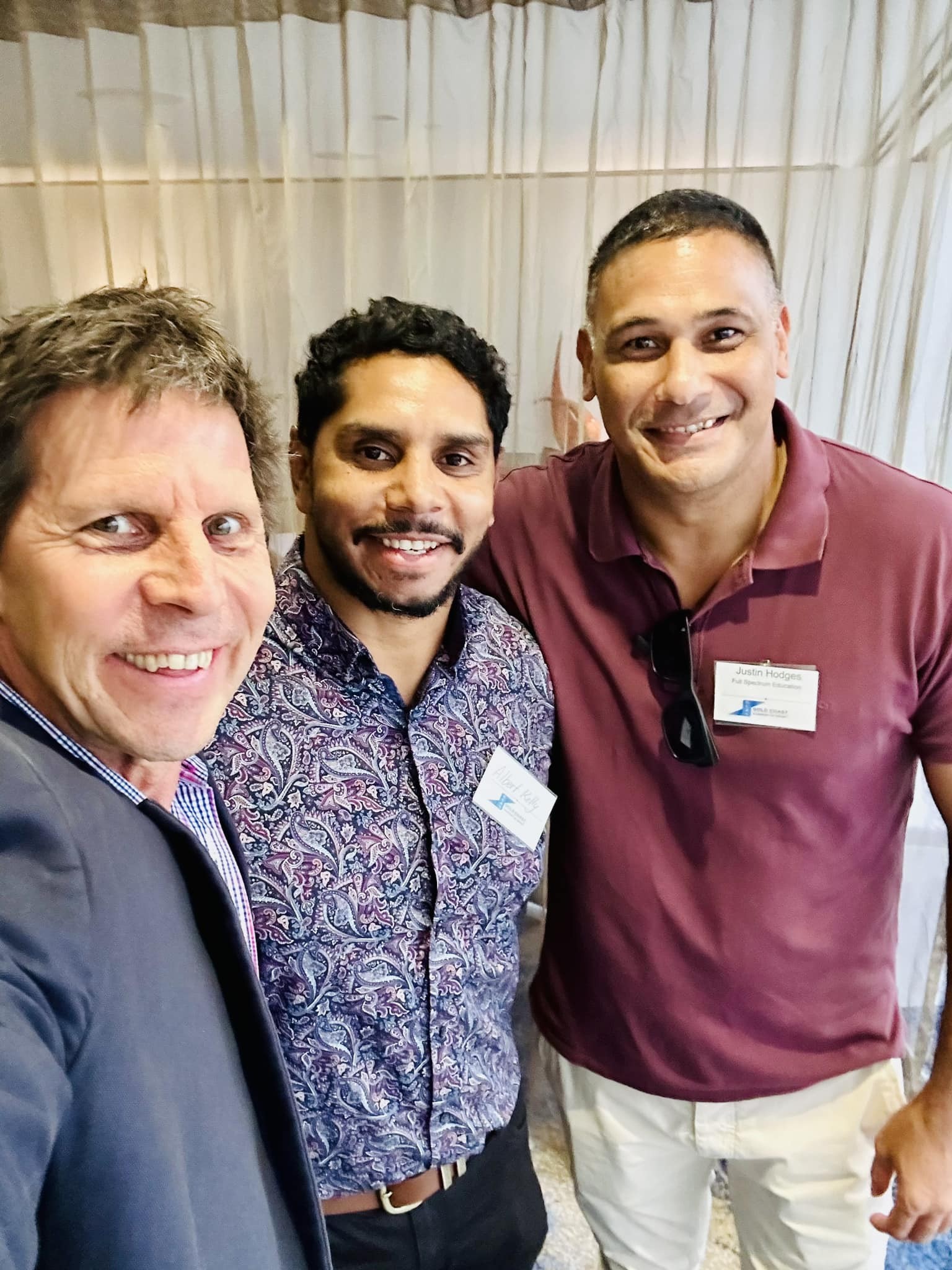


1. Try using Edward De Bono’s Six Thinking Hats to examine a task using different thinking styles and modalities.
Introduce "hats" one or two at a time and have students approach a question from these particular perspectives. These are
particularly effective when used as part of a jigsaw approach. The Six Hats method helps students to switch thinking style from
‘argument/analytical’ as the only approach, to multiple approaches to problem solving. The artificiality of the hats:
2. To encouraging deeper thinking and discussion about an issue, try a THINK-WRITE-PAIR-SHARE.
Write the discussion question on the board. Do not explain it but do explain the purpose of the strategy.
Ask students to think quietly about the question for at least 30 seconds with no writing or pens in hand. The silent thinking phase is vital. You might allow students to read their text book or other stimulus during this time, in which case you would allow more time.
Have students then spend at least one minute silently recording their thoughts without discussion.
Next ask students to share their ideas with a partner sitting near them. Students might record new or interesting ideas their partner may raise.
The final sharing might call for pairs to work with another pair, or for larger discussion groups being formed. Alternatively, you might call upon random students to explain the ideas their partner shared (not their own ideas).
3. Try using Edward De Bono’s CoRT Thinking Strategies to examine a task using different thinking styles and modalities. Like Six Hats, these are also effective when used as part of a jigsaw approach. The use of a variety of thinking approaches helps students to multiply their approaches to problem solving.
What are the CoRT Strategies?
PMI Plus, Minus and Interesting possibilities of an action, decision or idea.
CAF Consider All Factors involved in an action, decision or idea.
AGO Identify all of the Aims, Goals and Objectives of an action, decision or idea.
FIP Identify the First Important Priorities for this action, decision or idea.
C & S Identify the Consequences and Sequels to this action, decision or idea.
APC Identify the Alternatives, Possibilities and choices possible for this action, decision or idea.
OPV Identify the possible Other People’s Views for this action, decision or idea.
Use de Bono’s CoRT strategies to evaluate any situation they might cover as part of a unit of study, such as the development of parkland or
natural bush for urban use, or the genetic modification of fruits, or … …
Have different students use different approaches to analyse the same situation and then ‘jigsaw’ these students together to discuss their findings. Have students reflect upon the different ideas raised because of the use of different thinking strategies.
4. Use reciprocal teaching to have one student share their understanding of an explanation with a partner. The partner then shares his or her understanding in return. This allows both students to recall and process the information in two different ways. This strategy is doubly effective if students draw or write their explanation as well as speak their thoughts. As a final review, allow time for partners to write questions which remain on the board. Then ask for class volunteers to address any concerns which are recorded.
5. Use narrative and storytelling to ground concepts in real world experiences. Use your own experiences and those of students to explore a topic. These experiences create powerful learning environments for children. Use simile, analogy and metaphor to create connections between abstract concepts and concrete concepts. Especially when used with storytelling, this helps students make connections between the familiar and the unfamiliar. Have students explicitly examine the role of metaphor and narrative to convey complex information. Students might examine the Positive, Negative and interesting aspects of this thinking strategy.
6. An advanced form of narrative and analogy is the simulation. Simulations are powerful learning strategies because they involve a range of senses and engage the emotions, strengthening the learning connections. Simulations need a clear purpose, well-structured implementation and an extended de-briefing session which should include student reflections on the purpose of the simulation as well as their learning. Examples of successful simulation activities include the “Blue Eyes” investigation into the impact of discrimination, or “Hunter-Prey” simulations where students adopt the role of a particular animal in an eco system.
7. Reflective note taking is an effective technique for encouraging students to reflect on the implications of what they are learning. Students should use the left page of their workbooks to record notes but use the right page to record observations, challenges, questions or make linkages. See the attached model for one way to do this.
8. An alternative form of Reflective note taking requires students to make their notes on the left using a prose or point form styles, but to convert this information into diagrams, cartoons nor concept maps on the right side.
9. Use the CUP nemonic to help students to evaluate a source of information before research. An explanation of this concept is attached.
10. Inquiry learning and problem-based learning are powerful approaches because they create reasons for actions and patterns for information. The more ownership students have of their inquiry topic, the more powerful the experience. The more real the problem is, the more powerful the experience.